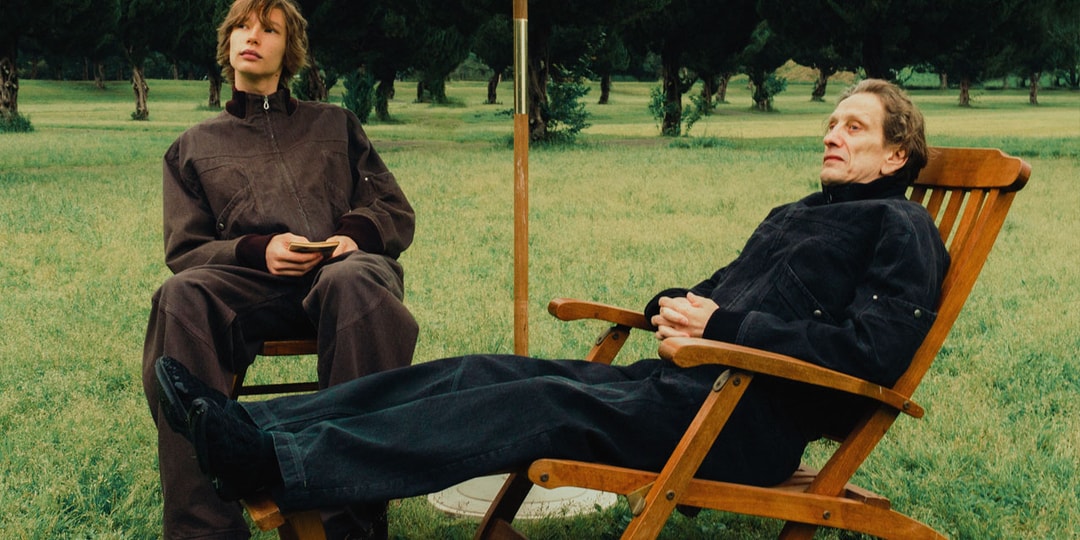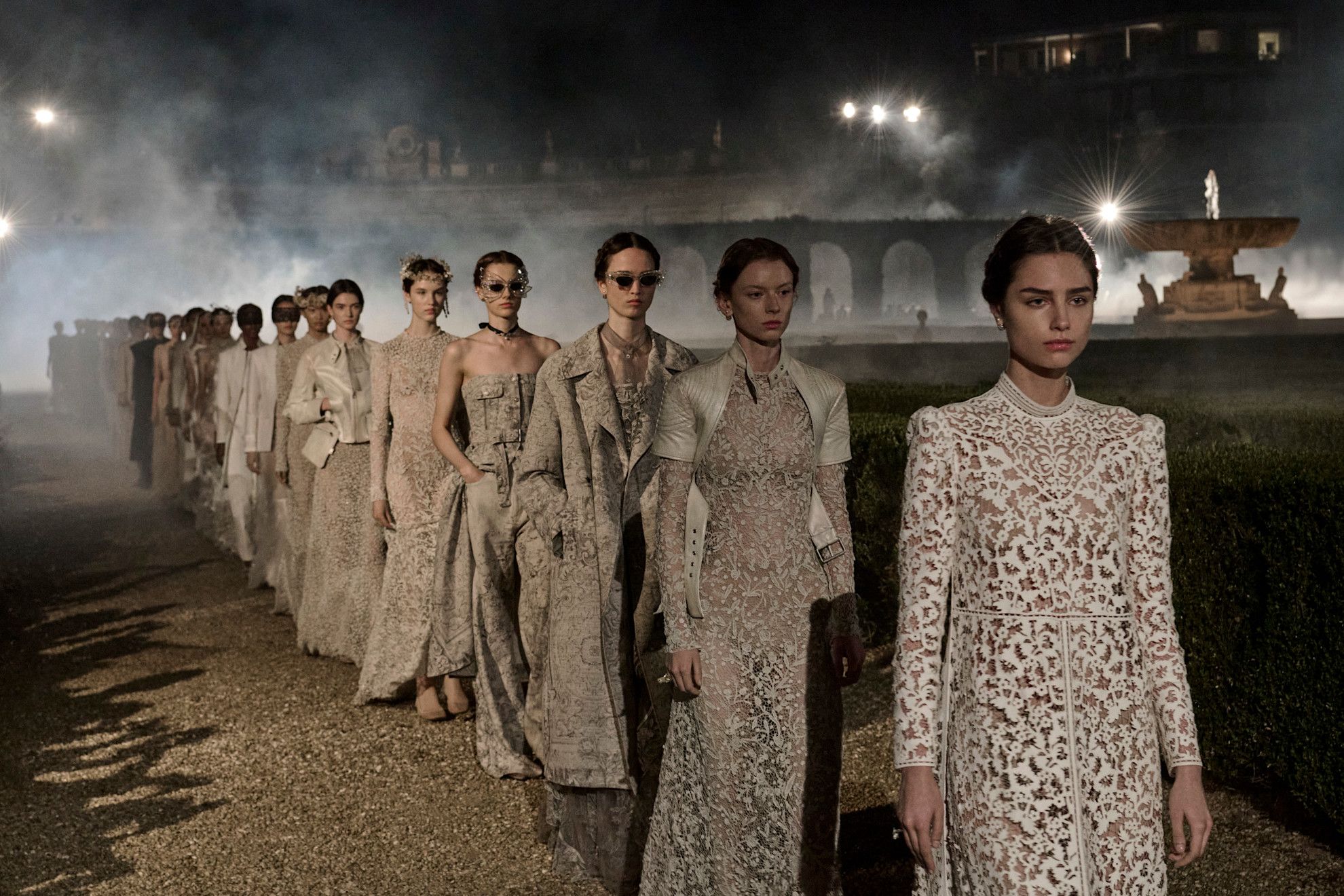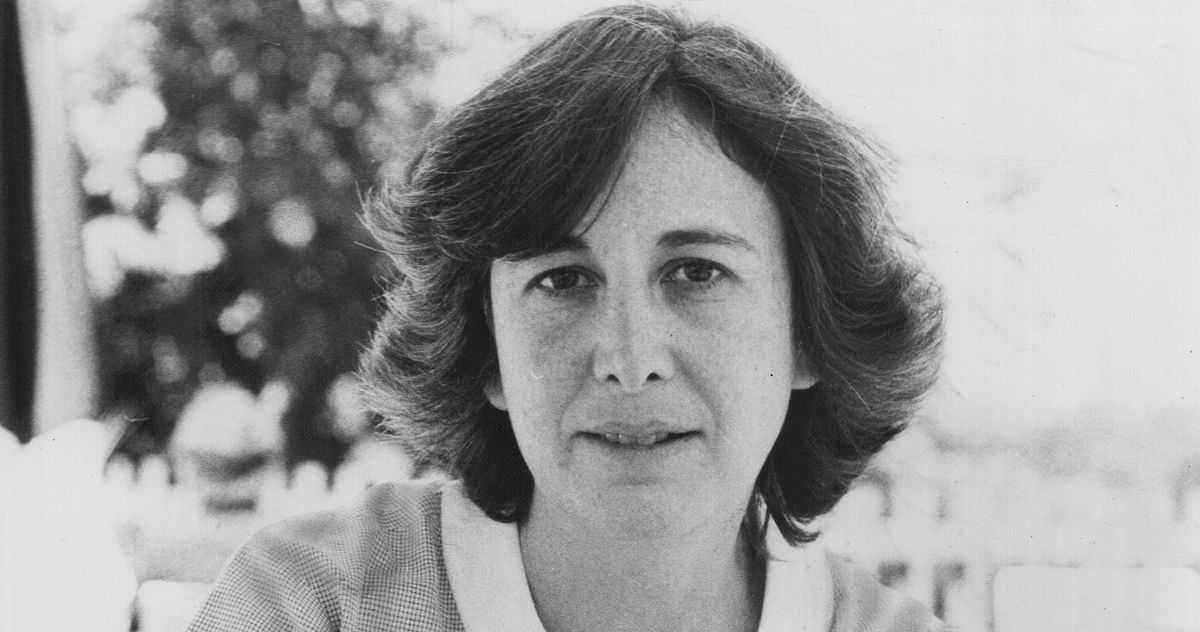Seyigazi Türbesi in Seyitgazi, Turkey
Seyyid Battal Gazi was an Arab military commander who lived in the 8th century at a time when Christians and Muslims were vying for control of the Near East. His real-life exploits were conflated with legend in the literary epic “Battalname,” wherein he cavorts with mythical beings and wields supernatural powers in his struggles against the infidel. During the golden age of Turkish cinema, his adventures were dramatized in a series of very popular films. His remains now supposedly rest in a fortress-like complex that rises majestically on a hilltop above the town of Seyitgazi, housing several tombs and a mosque, as well as a defunct madrasa, soup kitchen, and dervish lodge. According to the story, the gravesite was found by a shepherd in the early 13th century, who showed it to Ümmühan Hatun, the wealthy mother of a Seljuk sultan, to whom Battal Gazi had appeared in a dream entreating her to build him a tomb. This she did, and both she and the shepherd, Çoban Baba, were later entombed at the same site. The massive complex has many interesting features, but without a doubt the star attraction is the tomb of Battal Gazi. Spiffed up with new carpet and a fresh coat of paint in 2022, the cavernous octagonal room contains his long (8.5 meter) wooden sarcophagus, covered by a black chadar with ornate Arabic calligraphic embroidery. Next to the Gazi is his female companion, Elenora, with a regular human-sized sarcophagus. Her placard claims that she was Byzantine princess who fell in love with the hero while nursing his battle wounds in a cave. Later, when she learned of his death, she died of grief herself. A different version of the story has her killing him accidentally with a stone, then stabbing herself in the heart with grief. In any case, the crucial thing is that she converted to Islam before her death, enabling them to be buried together.


Seyyid Battal Gazi was an Arab military commander who lived in the 8th century at a time when Christians and Muslims were vying for control of the Near East. His real-life exploits were conflated with legend in the literary epic “Battalname,” wherein he cavorts with mythical beings and wields supernatural powers in his struggles against the infidel. During the golden age of Turkish cinema, his adventures were dramatized in a series of very popular films.
His remains now supposedly rest in a fortress-like complex that rises majestically on a hilltop above the town of Seyitgazi, housing several tombs and a mosque, as well as a defunct madrasa, soup kitchen, and dervish lodge. According to the story, the gravesite was found by a shepherd in the early 13th century, who showed it to Ümmühan Hatun, the wealthy mother of a Seljuk sultan, to whom Battal Gazi had appeared in a dream entreating her to build him a tomb. This she did, and both she and the shepherd, Çoban Baba, were later entombed at the same site.
The massive complex has many interesting features, but without a doubt the star attraction is the tomb of Battal Gazi. Spiffed up with new carpet and a fresh coat of paint in 2022, the cavernous octagonal room contains his long (8.5 meter) wooden sarcophagus, covered by a black chadar with ornate Arabic calligraphic embroidery. Next to the Gazi is his female companion, Elenora, with a regular human-sized sarcophagus. Her placard claims that she was Byzantine princess who fell in love with the hero while nursing his battle wounds in a cave. Later, when she learned of his death, she died of grief herself. A different version of the story has her killing him accidentally with a stone, then stabbing herself in the heart with grief. In any case, the crucial thing is that she converted to Islam before her death, enabling them to be buried together.
































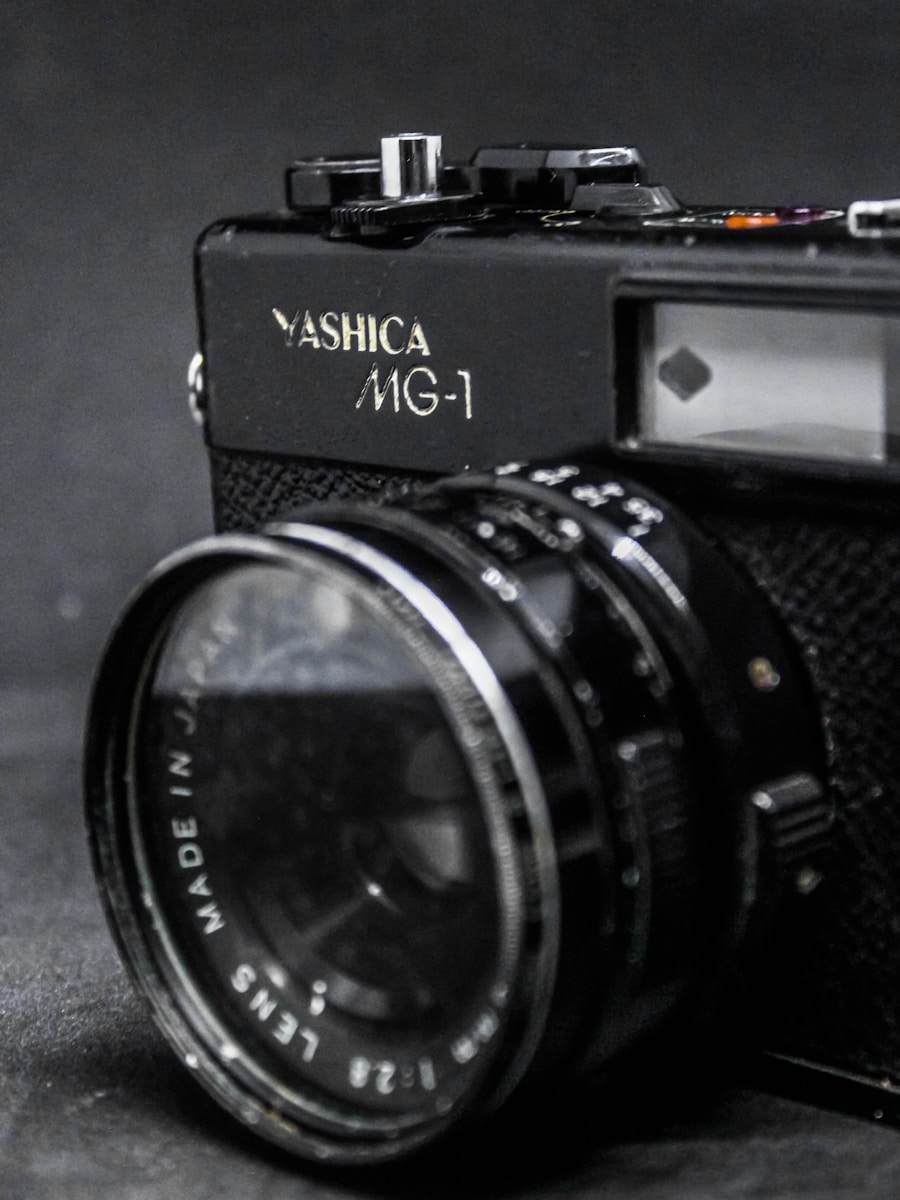

























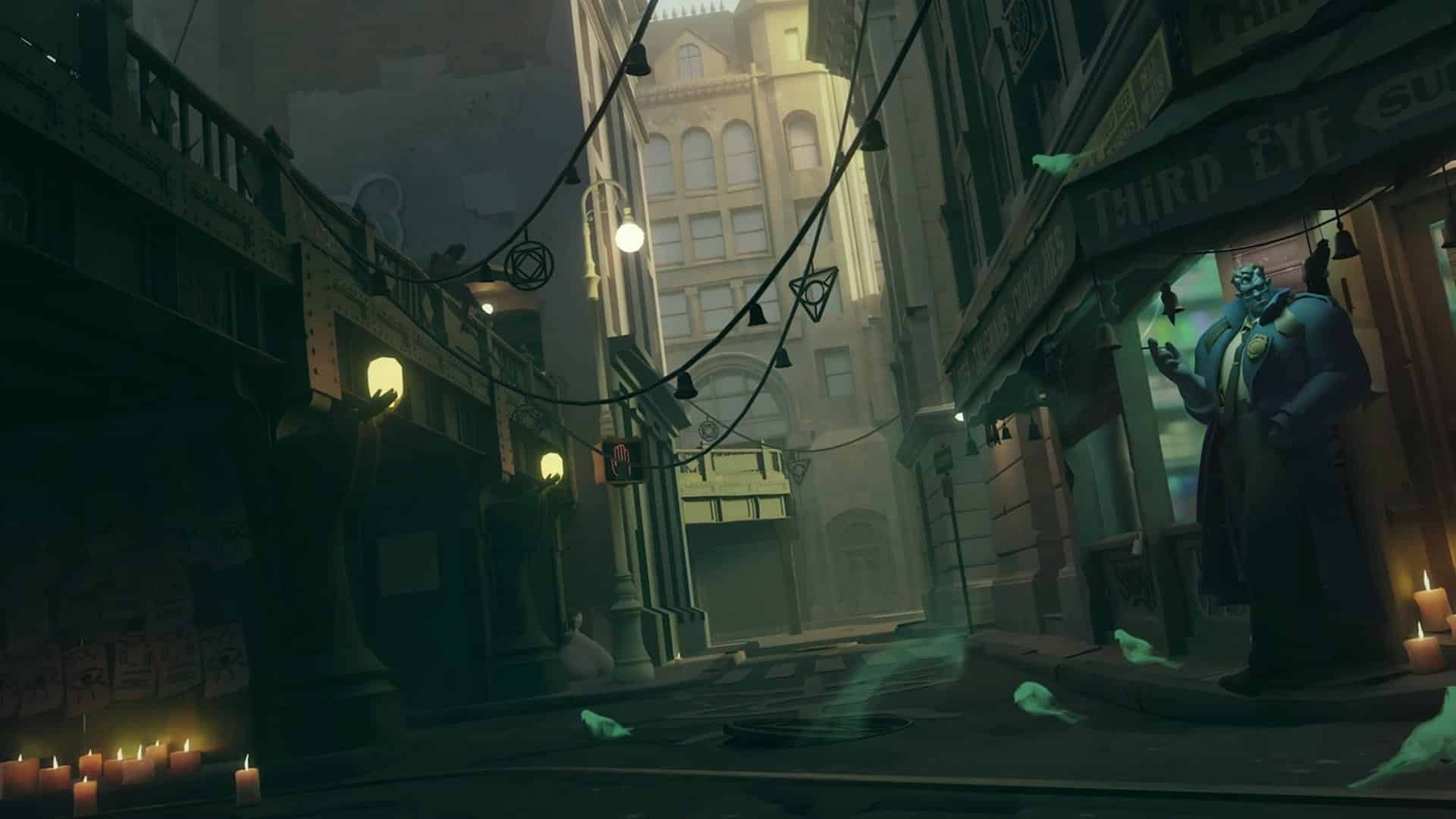










































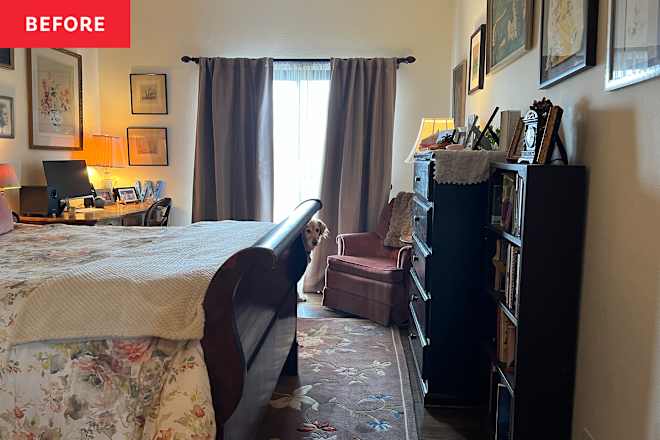



































































.png)

.jpg)





